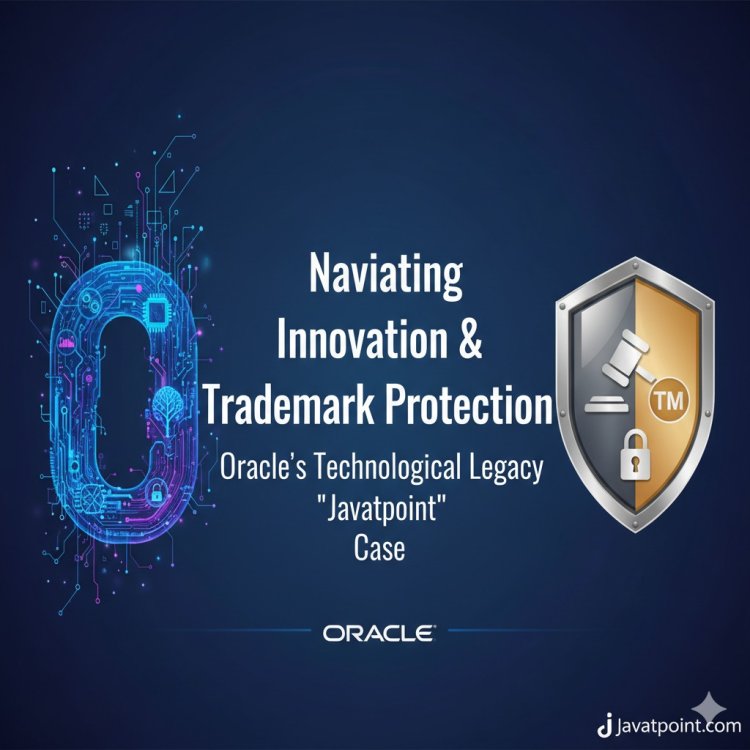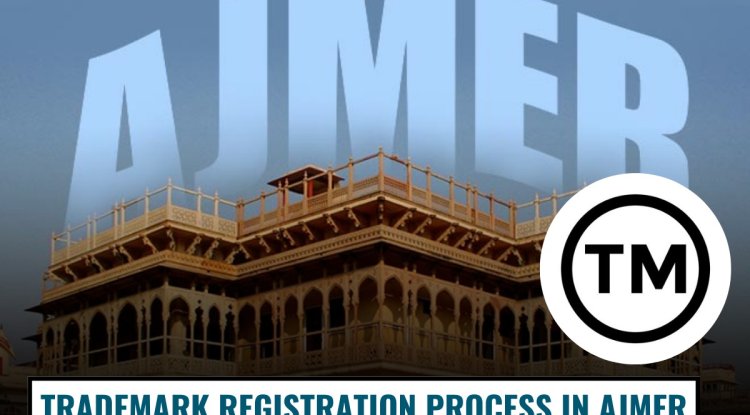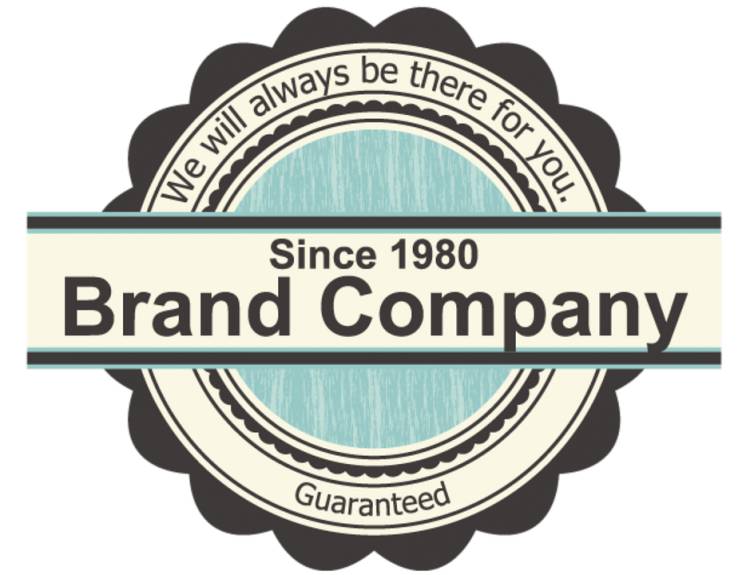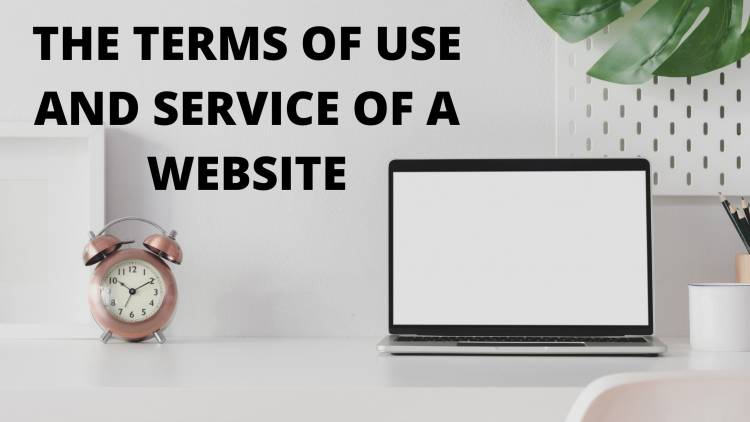Navigating Innovation & Trademark Protection: Oracle’s Technological Legacy and the “Javatpoint” Case
Discover Oracle’s evolution from a pioneering database company to a global leader in cloud, AI, and enterprise software, alongside its strong stance on trademark protection. This blog examines Oracle’s technological impact, Java’s global significance, and the Delhi High Court’s 2025 ruling in Oracle America, Inc. v. Sandeep Khandelwal, highlighting key lessons on brand identity, consumer confusion, and intellectual property rights in the tech industry.

Introduction
Established in 1977 by Larry Ellison, Bob Miner, and Ed Oates, Oracle began as a project to build a relational database for commercial use, which set a new industry standard. Over the years, Oracle has experienced significant growth, establishing a presence in over 175 countries and consistently ranking among the world’s largest and most influential technology companies. It regularly appears in prestigious lists such as the Fortune 500 and Forbes, underscoring its reliability and influence in the tech sector. Recognized as one of the best global brands by Interbrand and others, Oracle is trusted by Fortune 100 companies in various industries, including banking, telecommunications, retail, manufacturing, government, and healthcare. The company invests heavily in education, sustainability, and community well-being through initiatives like the Oracle Academy, promoting STEM education, green energy, and diversity in technology on a global scale. Oracle Database is acknowledged as the industry standard in relational database management systems (RDBMS) due to its scalability, security, and reliability. The acquisition of Sun Microsystems in 2010 brought the JAVA platform into Oracle’s portfolio, significantly enhancing its role in software development worldwide, as JAVA is now used on billions of devices and is crucial for both enterprise and consumer solutions. Furthermore, Oracle continues to lead in innovation across cloud, database, and AI domains, focusing on expanding autonomous technologies, investing in secure cloud architectures, and integrating AI and machine learning throughout its enterprise applications. According to the January 2020 TIOBE programming community index, which is created and maintained by the TIOBE Company based in the Netherlands, the programming language Java continues to be the most popular language in the world. As of October 2025, Java has fallen to the fourth position in the TIOBE Programming Community Index, which ranks programming languages by popularity. Despite this drop from its previous third-place rank in October 2024, Java remains essential for large-scale enterprise applications and Android development. Python is still the clear leader, capturing 24.45% of the index, while C has moved up to second place, overtaking C++. C++ now sits in third, and C# holds steady in fifth, quickly closing the gap with the top contenders. It's an exciting time in the programming world, with some friendly competition among these established languages. The dispute between Oracle and Mr. Sandeep Khandelwal has captured significant attention within the technology and legal communities. As a powerhouse in software and database technology, Oracle’s engagements in legal matters are often scrutinized, given their potential to impact broader industry practices and standards.
The case of Oracle America, Inc. v. Sandeep Khandelwal & Anr., C.O. (COMM.IPD-TM) 121/2024, was decided by the Hon’ble High Court of Delhi on February 3, 2025. Oracle America, a key player in the global Oracle Group, challenged the trademark registration of "javatpoint" held by Mr. Sandeep Khandelwal. Oracle has a long-standing presence in India, having used the JAVA mark for software and training services since 1996 through its predecessor, Sun Microsystems, and boasts prior registrations for various JAVA-related marks in multiple classes, including Class 41. Mr. Khandelwal's registration of "javatpoint," aimed at education, training, and cultural activities, raised concerns for Oracle, which argued that it could lead to confusion among consumers due to its similarity to Oracle's well-known JAVA trademarks. The court considered several key issues, including whether "javatpoint" was deceptively similar to Oracle's trademarks, whether the registration was obtained without sufficient cause, and whether there was any bona fide usage of the impugned mark by Mr. Khandelwal in Class 41.
To know more about this you can follow the link below:
The details of the petitioner’s registered marks in India are below.
|
Mark |
Application No. |
Class |
|
|
1246392 |
9, 42, 38 |
|
JAVA COMPATIBLE (word) |
681401 |
9 |
|
JAVAFX (word) |
1619422 |
9 |
|
|
661023 |
9 |
|
JAVASCRIPT (word) |
697361 |
9 |
|
JAVABEANS (word) |
743675 |
9 |
|
JAVAONE (word) |
700207 |
9 |
|
JAVAOS (word) |
743674 |
9 |
|
JAVAONE (word) |
700206 |
16 |
|
JAVA (word) |
3741038 |
16, 35, 36, 37, 38, 41, 42, 45 |
|
|
1863595 |
42 |
|
JAVA (word) |
1491786 |
35, 38, 41 & 42 |
|
JAVA (word) |
3028558 |
42 |
|
GO JAVA (word) |
3338534 |
35, 41, 42 |
|
JAVA (word) |
3113728 |
35, 41 |
|
JAVA (word) |
3741038 |
16, 35, 36, 37, 38, 41, 42, 45 |
|
|
IRDI-4063635 |
41 |
The details of the respondent’s marks in classes 41 and 42 are below.
|
Mark |
Application No. |
Class |
|
|
5420304 |
41 |
|
|
6165135 |
42 |
The mark “ ” bearing application no. 6165135 has also been opposed by the petitioner via the notice of opposition dated 15/05/2024.
There are a several important legal provisions at play, including Sections 47, 57, 11, 9 and 18 of the Trade Mark Act, 1999. Oracle argues that it holds prior registrations for the JAVA mark and related trademarks, boasting a strong reputation both globally and nationally, particularly in providing JAVA-branded educational services in India. They contend that the disputed mark includes JAVA in its entirety and could easily mislead or confuse consumers. Furthermore, Oracle believes the Trade Marks Registry overlooked their prior marks during the examination process. They assert that the opposing party, Respondent No. 1, has not demonstrated any genuine use of the contested mark, which is a requirement under Section 47(1) (a).
On the other side, Respondent No. 1 did not respond or appear in the proceedings, despite having opportunities to do so and a status quo order in place. Respondent No. 2, representing the Registry, did participate but did not delve deeply into the process. This situation highlights the complexities involved in trademark disputes and the importance of proper representation and examination in protecting brand identities.
In the decision, the petitioner’s claims were upheld since Respondent No. 1 did not file a reply or participate in the proceedings. The court found that the mark "javatpoint" closely resembles Oracle’s JAVA mark and shares similarities with other marks like JAVASCRIPT, which could easily lead to confusion among consumers. Citing previous cases, such as Oracle America v. Sonoo Jaiswal, CS (COMM) 2/2024 and Greaves Cotton Ltd. v. Mohammad Rafi, 2011 SCC OnLine Del 2596, the court noted that merely adding minor suffixes doesn’t eliminate the potential for confusion when the core mark is essentially copied. Additionally, Respondent No. 1's lack of genuine use of the mark and the Registry's inadequate examination contributed to the decision for cancellation. The court deemed the adoption of the "javatpoint" mark to be dishonest, suggesting an attempt to benefit from Oracle’s established reputation. Consequently, the petition was granted, and the court instructed the Trade Marks Registry to remove the "javatpoint" mark (registration no. 5420304 in Class 41) from the register, ensuring a copy of the order is sent to the Registry for compliance. As of now, the "javatpoint" mark (registration no. 5420304 in Class 41) has been removed from the Register of Trade Marks via the above court order directing the same.
Conclusion
The legal case serves as a nuanced example of the complex interplay between technology advancements and legal frameworks. This case really highlights the importance of protecting trademarks, even if they're in similar service areas. It also reminds us about the need for genuine use of these trademarks and the importance of careful procedures by the Trade Marks Registry. Overall, the decision paves the way for taking strong action against any dishonest use of established marks in India. It's a great step to ensure fairness in the marketplace.












